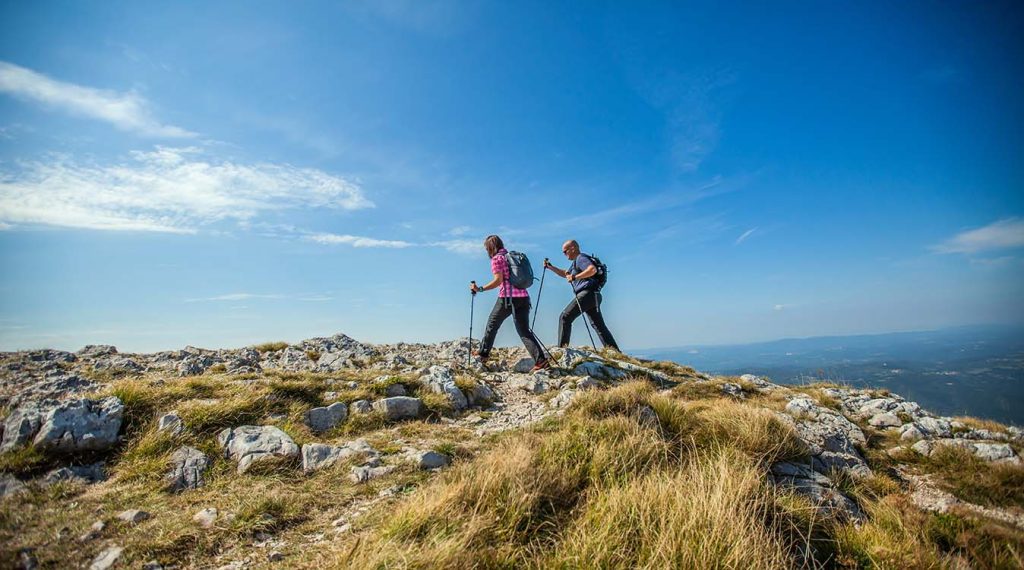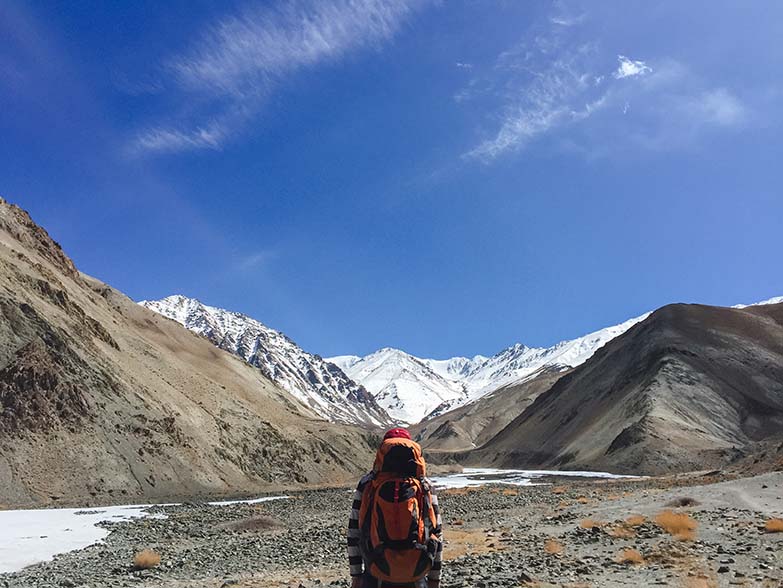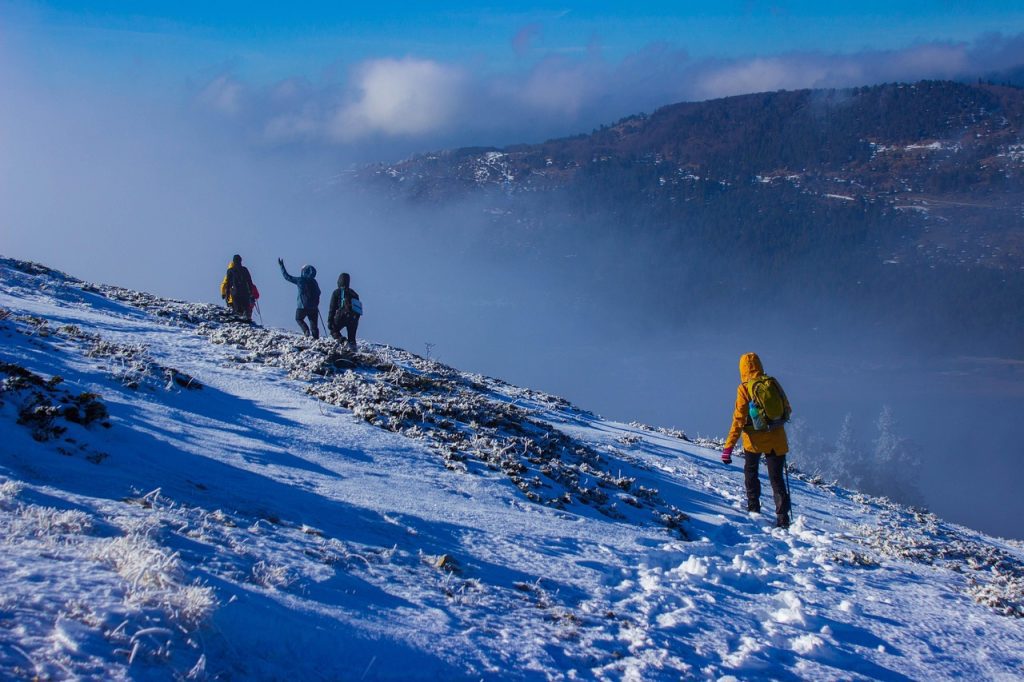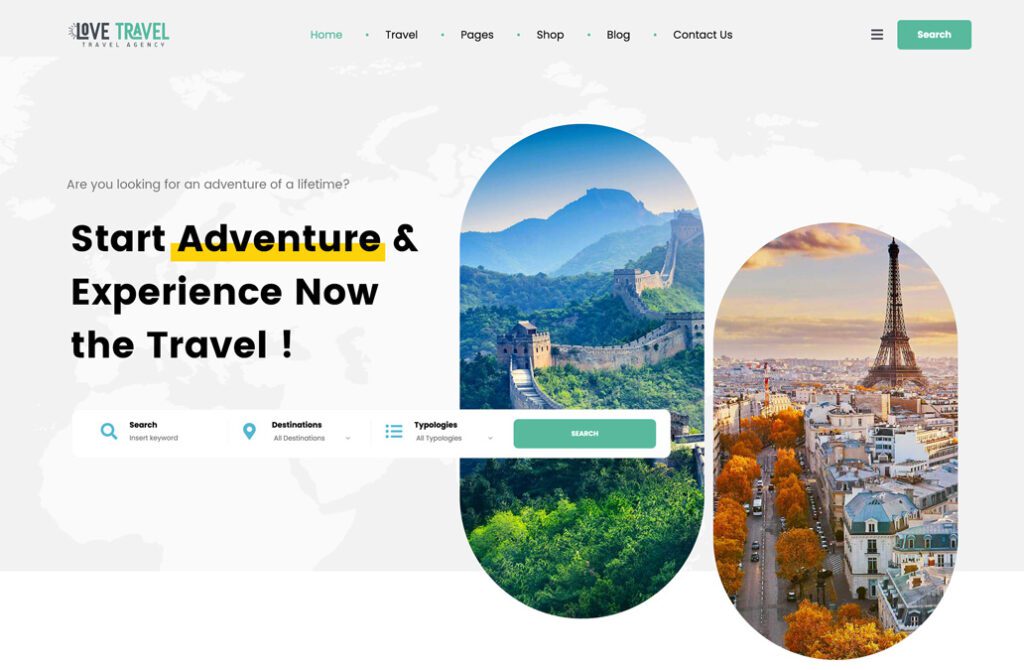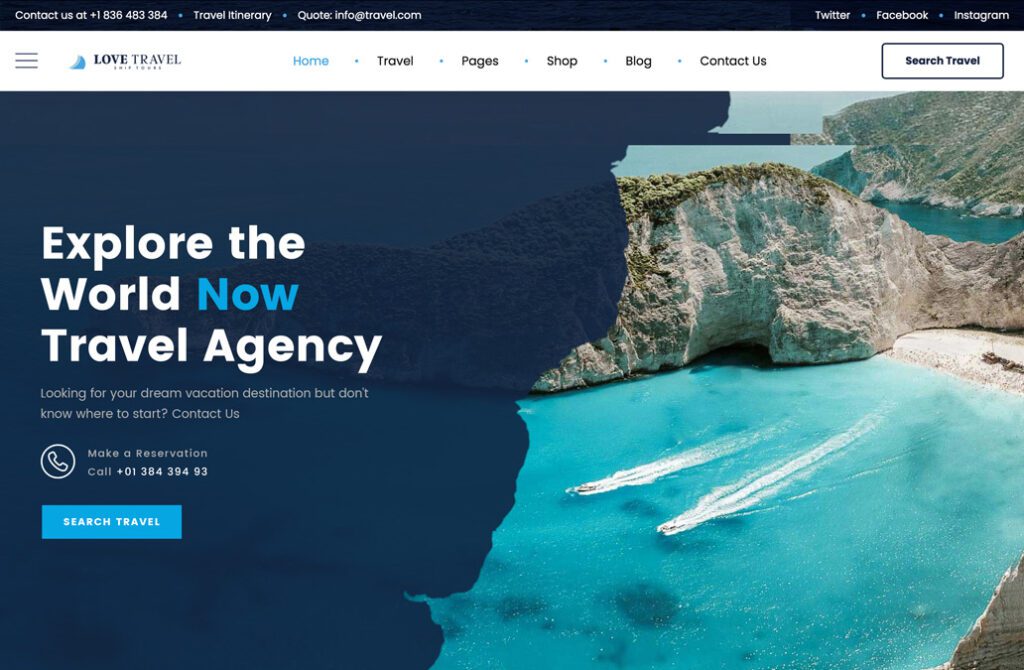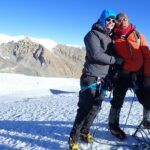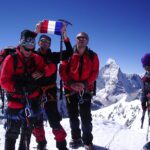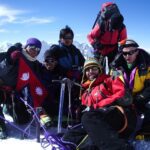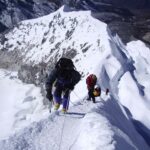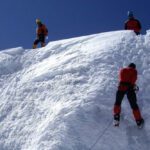If you’re an adventurous soul dreaming of exploring the remote trails of eastern Nepal, the Kanchenjunga Trek might be on your radar. Towering at 8,586 meters, Mount Kanchenjunga is the third-highest mountain in the world, and the trek to its base camps is one of Nepal’s most scenic and untouched journeys. But if you’re considering going solo, one question naturally arises: Is Kanchenjunga safe for solo trekkers in 2025?
In this blog, we’ll walk you through everything you need to know—from safety and regulations to terrain, logistics, and what has changed in recent years. Whether you’re an experienced trekker or a passionate solo adventurer, here’s your 2025 guide to trekking solo to Kanchenjunga.
Why Kanchenjunga Attracts Solo Trekkers
Kanchenjunga is a dream for trekkers who love raw, wild nature and minimal crowds. Unlike Everest or Annapurna, this region remains largely untouched. The trail takes you through remote villages, alpine forests, glacial rivers, and offers breathtaking views of the Kanchenjunga massif.
For solo trekkers, the appeal lies in peaceful trails, authentic local experiences, and the sense of accomplishment that comes with completing a remote and challenging trek. But with all this isolation comes certain risks and responsibilities.

Is Solo Trekking Permitted in Kanchenjunga?
As of 2025, solo trekking in the Kanchenjunga region is not permitted without a licensed guide. This is due to both safety and conservation concerns. The region lies within the Kanchenjunga Conservation Area, a protected zone, and special permits are required to trek here. These permits can only be obtained through a registered trekking agency and must include a licensed guide and at least two trekkers per group (including you).
So technically, you cannot trek truly solo in Kanchenjunga like you might in the Annapurna region. However, if you’re a solo traveler, you can still join a small group or hire a guide, which fulfills the regulation while giving you space to explore independently during the day.
Safety Concerns for Solo Trekkers
Even if you could trek solo, Kanchenjunga is not ideal for true solo trekking, especially for first-timers. Here’s why:
- Remote and Rugged Terrain: The trails are challenging, often isolated, and prone to landslides or weather disruptions.
- Limited Infrastructure: Unlike Everest or Annapurna, teahouses are sparse, and medical help is virtually nonexistent in higher altitudes.
- Unstable Weather: Snowfall, rain, and poor trail conditions can quickly change your plans, and without support, you might be stranded.
- Navigation Challenges: Some parts of the trail are poorly marked, especially around high passes and forested areas.
With a guide, these risks are drastically minimized. Guides know the terrain, can help in emergencies, and also offer cultural insights that enrich your journey.
Permits and Requirements for 2025
To trek to Kanchenjunga Base Camp (North or South), you’ll need:
- Restricted Area Permit (RAP) – Issued only through a registered trekking agency.
- Kanchenjunga Conservation Area Permit (KCAP)
- Licensed Guide and at Least One Companion – Mandatory.
The permits must be checked at various checkpoints, and traveling without them (or alone) can lead to fines or expulsion from the trail.
What’s the Trekking Experience Like?
The Kanchenjunga trek usually takes about 18 to 25 days, depending on whether you’re doing the North Base Camp, South Base Camp, or the combined circuit. You’ll pass through beautiful Sherpa, Rai, and Limbu villages and stay in basic teahouses or homestays. Expect longer trekking hours, steep ascents, and remote trails that go days without seeing another tourist.
It’s not a beginner’s trek—you should have high-altitude experience and good physical fitness. Altitude sickness is also a serious concern, as you’ll reach over 5,000 meters.
Why Hiring a Guide is Actually Beneficial
While it may seem like a compromise to trek with a guide, in Kanchenjunga, it’s actually a bonus:
- Better safety and first aid knowledge
- Help with translation and cultural interactions
- Route knowledge and flexibility during bad weather
- Support with food, lodging, and logistics
Plus, by hiring a local guide or porter, you support the local economy, which is still recovering from the pandemic and regional instability.
Tips for Solo Travelers Planning a Kanchenjunga Trek
- Join a group trek organized by an agency to meet other solo adventurers.
- Use a reputable trekking company to manage permits and logistics.
- Train in advance – this is a strenuous trek with long days and tough climbs.
- Get insurance that covers high-altitude trekking and helicopter rescue.
- Pack wisely, including cold-weather gear, water purification tools, and first aid.
Final Verdict: Is Kanchenjunga Safe for Solo Trekkers in 2025?
The Kanchenjunga region is not legally or practically suited for solo trekkers. Due to its remoteness, permit requirements, and challenging terrain, trekking with a guide is not just required—it’s highly recommended. But don’t let that deter you! If you’re a solo traveler at heart, joining a small guided group or hiring a personal guide still gives you the freedom to explore, with the added benefit of safety, cultural insight, and logistical ease.
In 2025, the region is open and welcoming to adventurers—just not alone. So lace up your boots, find a guide you trust, and prepare to experience one of Nepal’s most breathtaking and untamed trails.
Read More: Mardi Himal vs Annapurna Base Camp: Which Is Better for First-Time Trekkers?

